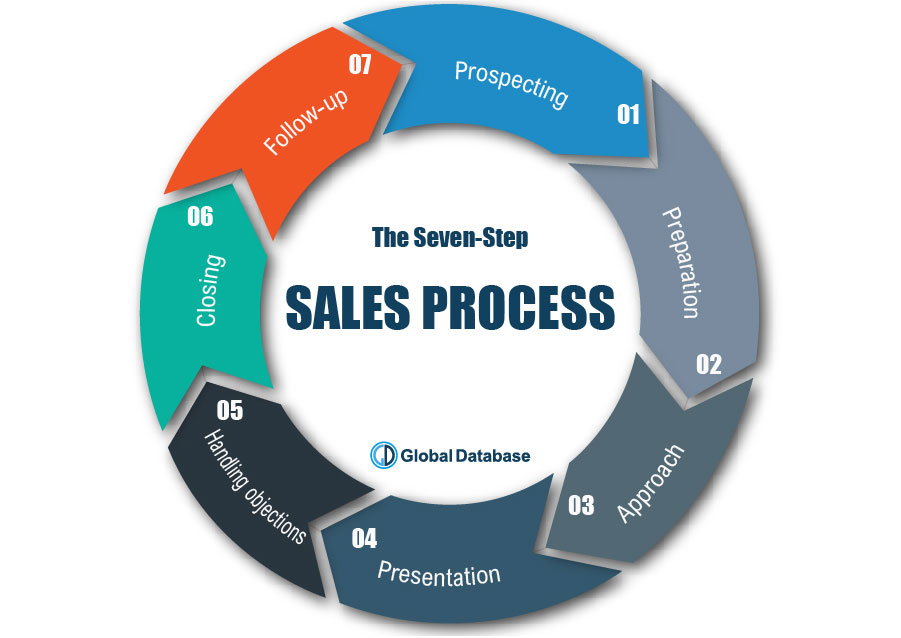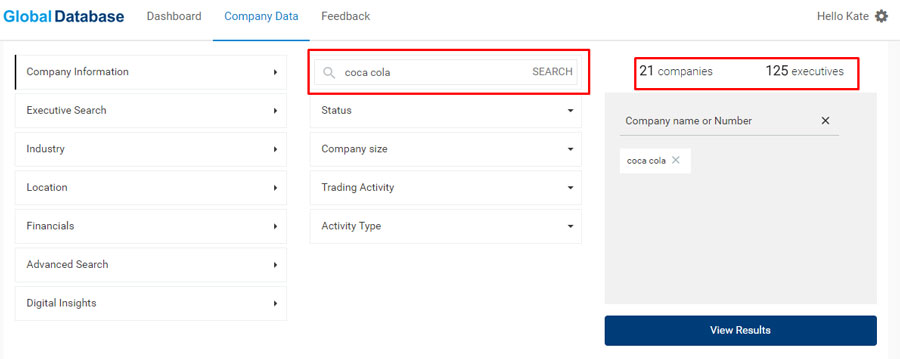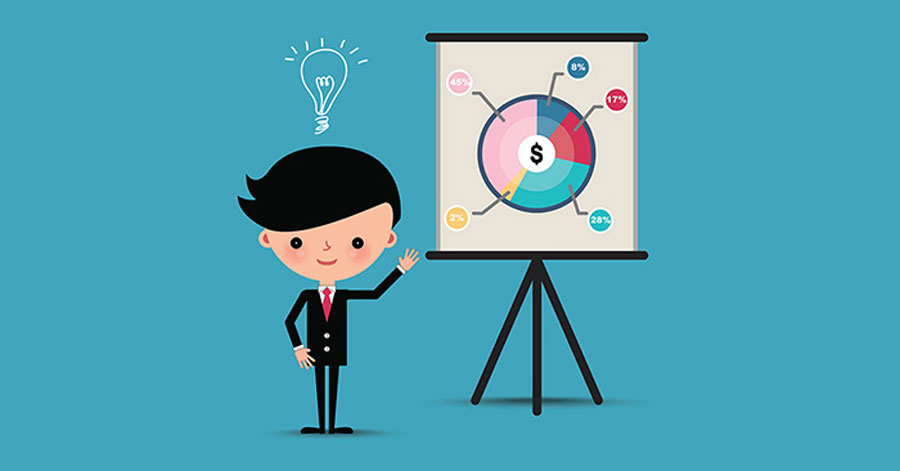Sales are the fuel of any business. This means that the whole process should be perfectly organised to successfully convert leads into buyers and retain them for as long as possible, ideally, keeping them for life.
A sales process is, in fact, a cycle going through certain stages, that has to mirror the so-called buyer’s journey. Each of them implies specific strategies that lead the prospect through the whole cycle to the purchase and further upsells.

We’ve processed tons of selling methods advised out there to select the best ones for you. The trick is that most of them work under certain circumstances with certain people only. We picked up the Top proven sales strategies for each of the stages, employed by multiple real businessmen to grow their brand. They are based on firm psychological principles explaining what is the real motivation behind people’s purchase decision. These strategies could serve as a roadmap for your sales team on their way to closing more deals and increase customer retention. Let’s review them by stage.
Prospecting
1. Define who your ideal customer is
Create a detailed portrait of your ideal customer (the so-called buyer’s avatar or client’s persona), who is most likely to purchase what you offer. Define his age, sex, income, level of education, learn whether he/she has children, etc.
2. Determine the possible problems of your ideal customer that you are able to solve
People are ready to pay someone for problem-solving. It’s necessary for you to correctly determine your target audience, thus getting to the bottom of their issues, instead of building your product based on assumptions.
3. Qualify and prioritize your prospects by using lead scoring
Gather insights essential to decide whether a specific prospect is worth spending your time and effort to sell him/her something. If you have multiple leads at a time, lead scoring will help you arrange your prospects in perfect order. It will be based on the best chance at closing the deal quickly with them. The best thing here is that you do this in advance, even before starting to outreach.
Preparation
4. Establish your competitive advantage
Determine the reason for purchasing what you offer. Make sure there are convincing results, unbeatable benefits or outcomes that will give your customers the satisfaction of choosing you instead of your competitors.
5. Set the right price
Research the market and your competitors before deciding on the price of your product. Adjust according to its “perceived value”: if it’s possible to make your product or service look better than that of your competitors, you can charge a higher price, and it will seem reasonable to the buyer. In case your product is expensive, be ready to deliver even more quality to your customers.
6. Target niche markets and embrace personalisation
Apply the account-based marketing to highly personalise your attempts to connect with your prospect customers relying on their real needs, reflected in the information about every company accessible today across various company intelligence platforms.
Your cold outreach efficiency can significantly grow when you start with small niche markets that unite people with the same needs and doubts that you could address in a more personalised way. Narrow down your prospects search, for example, using the system of filters a business data provider has (for B2B) or checking the prospects one by one for compliance with specific criteria, like those available with Global Database.

The good thing about this strategy is that, even as a long-term decision, niche selection won’t result in a long-term loss in case you fail with your choice. You’ll just learn your lesson and move forward.
7. Be genuinely helpful
Your entire sales strategy should be accompanied by an eagerness to help and even proactive assistance in case you don’t want to leave the deals on the table. Your primary goal should be taking care of your prospects: you can educate them, examine their challenges in advance or suggest ingenious solutions instead of a usual product pitch. Your effort will be appreciated and most likely result in trust, which is the most valuable thing a salesperson can achieve.
8. Embrace the right attitude
Be ready for the inevitable rejections, especially during your cold calling efforts, and don’t take them personally. Develop the mindset of resilience and be prepared to continue trying with other prospects right after someone has dismissed you.
Approach
9. Don’t avoid cold calling
There is still no other more efficient customers warming-up method than cold calling, especially when your product or service is new to the market. When combined with the account-based omnichannel marketing, based on up-to-date, verified data, it can generate numerous conversions.
10. Contact the decision-makers directly
It is very likely that you won’t want to waste your time and effort into reaching the wrong targets, and that you will prefer creating a strong relationship with your prospects from the very beginning. This can be achieved by providing exceptional value, based on your company’s core competencies, during the very first contact. Offer excellent content, freebies and goodies, a short video of your product in action or many other useful things.
You will need to research your prospect, his or her background and position, to determine how to make the best impression.
11. Use free trials smartly
Besides the obvious purpose to gain more paid signups, use the free trial of your product or service to divide your prospects into at least two groups that need a different approach. Provide the “warmed-up” prospects with an opportunity to sign up quickly. Others can take the time to assess your product’s value for them, ending up in turning into leads or no longer wasting your time and resources.
12. Employ storytelling
People perceive information much better when getting it in the form of a story and often repel those who’re trying to sell them the benefits immediately, thus overloading their brains. Storytelling is a good fit for every sales process stage, from clarifying your mission in the beginning to presenting your product features through the light of your customer’s problems’ solving.
13. Give your whole attention to the buyer
Put your customer and his needs first across all the stages of the sales process instead of yours, along with training and KPIs. Pay him/her undivided attention during the sales call, treating that as the most important thing you could possibly be doing at the moment. Do your best not to get distracted during the call, like using qualitative speakerphone or moving into a conference room with no other people around. Stay concentrated on what your customer tells you, what questions he/she asks and what are his/her concerns. This is the most productive way to build trust, efficiently work with objections, understand them better, thus converting prospects into happy buyers.
14. Start building a strong relationship with live demos
Embrace personalisation when preparing a demo for every customer. Base it on their challenges that your product can solve rather than on the product’s features. Leave no room for ambiguity, by demonstrating the value and what exactly can the product do for your prospect, not functionality. Your demo has to explicitly answer the question each customer has in mind: “What’s in it for me?” instead of sticking to the standard scenario. Tailor your script to demonstrate the ways your product or service can solve the customer’s issues most efficiently. This will help you engage with the customer, capturing the rep’s attention from the very beginning and making him or her feel special.
Presentation

15. Listen to your prospects
This strategy includes listening in both senses - direct and figurative.
1. You have to listen to the customer during the sales call or live demo, to address his/her concerns right at the moment they appear and know how to continue the further conversation. Be honest about how you can help, answering their questions.
2. You have to collect and record the customers’ feedback, their prevailing objections, functionality requests and any other information they provide you directly or indirectly and act accordingly. Bring the data you get to the attention of the teams, involved in product decision-making. This is the key to a better approach and a higher close rate.
16. Assert yourself as an expert and problem-solver
Explicitly demonstrate the two key things: outstanding knowledge of your product and the solutions it brings to solve your customers’ issues. This creates trust and understanding that your product value fits in their business development concept.
17. Be honest about the risks and opportunities
Be transparent in everything that concerns the pros and possible cons of your product for the specific customer. Don’t hide any potential issues (like incompatibility, additional costs, misunderstandings, etc.) your prospects can encounter while using your product. Warn them, be helpful, trying to adjust your product or service to their needs as much as possible, and stick to your promises. This will be highly appreciated and paid back with confidence and loyalty.
18. Adopt the P-A-S approach
P-A-S means problem-agitate-solution and consists in detecting the clients’ primary problem and presenting your product as the perfect solution for them. Don’t forget to emphasize how serious your prospects’ problems are and how many difficulties they can encounter if you don’t intervene. Just make sure your product really can solve the customers’ issues before starting with this strategy.
19. Maintain transparency with regard to the expected outcome
People buy benefits, not products or services. Make it absolutely clear for your customers what exactly can they get in the end, when using your product or service. Be specific about the results, milestones, deadlines and their impact on the clients’ business, and keep your promises. Build your sales pitch around the challenges they are facing and that you can solve and include some education in case the product or service is new to them.
20. Make an effective sales pitch
Your presentation should be compelling. It should capture the attention of the customers from the very beginning and seamlessly guide the conversation along a particular path. Show off your expertise and try to express your point convincingly within the first minute or two. Impress your prospects from the start by describing how can his/her company benefit from your product or service, based on thorough customer research (via a B2B data platform or any other source). You can also talk about the big clients you’ve already helped and share some case studies.
Handling objections
21. Call out the uncertainty when you sense it
Get a step ahead of your customer’s objections. If you feel that your prospect has doubts during the demo, waive your script and address this concern immediately. Avoid questions that can make him feel frustrated and hide the honest answer, like “Did you get it?”. You’d better try something similar to “I feel this aspect needs some additional explanation. Would you like me to dwell on this in more detail?” If your customer seems satisfied receiving the clarifications on how exactly your product can impact his/her business, remark and consider these possible changes when modifying your further sales strategy.
22. Adjust
It’s evident that you’ll encounter challenges and unusual requests during your sales communication, as every company has its specific processes and goals. Be flexible when preparing and implementing your sales strategy. Be open to changes and be aware of the limits within which you can act, but never say “No”, “It’s impossible” or similar things that are leading to a dead end. Otherwise, you’ll lose this opportunity for good. As it was mentioned in one of our previous strategies, you have to present yourself as a problem-solver. “I’ll do my best to carry this out for you” will work much better and save you some time to check, whether there is any possibility to satisfy the request, with your team.
Closing

23. Use the win-win negotiation technique
Tend to guide the conversation towards an arrangement that would satisfy both parties. This will demonstrate to your prospects that you respect them, are eager to be their advocate when the deal is closed and are looking forward to a long-term relationship. At the same time, don’t forget to define the lowest acceptable price before even starting to negotiate. This will give you some guidance and help to define milestones and create the best win-win scenario.
24. Create urgency
Usually, customers hold back on the purchase until the need for your product or service is urgent. Your task is to make them feel a sense of urgency, which is entirely based on their needs, that should've been studied backwards and forwards to date. Help your potential customers recognize the fact that they need your product right now, or they’ll miss something very important and profitable.
25. Establish a consultative partnership
Win your customers’ fidelity by consulting them on their challenge. Collaborate with them on checking all their options together and recommending the best one, even if that's not your product or service. Your frankness and helpfulness will be appreciated and will create more options for closing the deal. They will also contribute to your image as a professional.
26. Help the prospects “sell” your product internally
Even if your prospect likes your product or service very much, he/she still has to promote it to other company stakeholders. It can be a bit of a challenge due to the lack of time, expertise or desire to create a captivating plan or a convincing strategy, demonstrating the value of your product in a motivational light. Why not help your future customer secure internal buy-in, saving time primarily for yourself and gaining his/her gratitude? This will be a weighty argument in your favour.
27. Share some selected insights with your prospects
Treat your prospects like trustworthy and valuable partners, by letting them know about the recent changes in what’s related to the product or service they are going to purchase. For example, if you’re planning a sale, inform them in advance so that they could benefit from it and make sure once again that you are exactly the person to purchase from. This could provoke them to buy even more if they deem this profitable.
Follow-up
28. Keep following up until you get an unambiguous answer
Never leave a “maybe” on the table, especially after a good sales conversation. The answer is not as important as the fact of its receipt. Getting a definitive ‘yes’ or ‘no’ can save much of your time and effort. If the customer tells you, he/she’ll get back to you at the end of the month, put a reminder for yourself and contact him/her then. Ask, when he/she will be available if he/she tells you he/she doesn’t have time right now. Leave alone someone who told you he/she’s not interested, but keep following up if you get no answer until you have a clear one. You never know at what point the client will need you and you’d better not miss it.
29. Ask happy customers for referrals
Don’t hesitate to ask for a specific referral from those customers who were satisfied by the sales process or already are the happy users of your product. Create a short referral email template to make it easier for them and prevent them from holding back. Identify prospects in advance, checking your customers’ LinkedIn connections, and create a list of specific referrals you could ask for.
30. Upsell to your existing clients
As the studies show, it’s five times cheaper to retain a customer than to get a new one. All you have to do is to provide him with additional value continuously. Consider your existing customers when planning to launch a new feature or implement some changes in the company strategy. Closely watch their behaviour and come in with a mutually beneficial deal when they need it the most. For example, suggest a low-cost upgrade if you see that they are continually increasing their plan limitations.
To Sum Up:
Regardless of the size and age of your company and your experience, these proven sales strategies will help you achieve your goal, be it to improve yourself as a salesperson or craft a perfect sales strategy and boost your company’s sales.
Of course, you can choose a way of trying strategy by strategy until you get over all of them. But using the time-tested scenarios, based on real experience, is much more efficient. After all, there’s still no proven alternative to a personal conversation with your leads, be that by phone or by email. You have to be attentive, listen to your prospect, draw conclusions from every interaction, gradually understanding what motivates him/her to make a purchase or give up on it.
